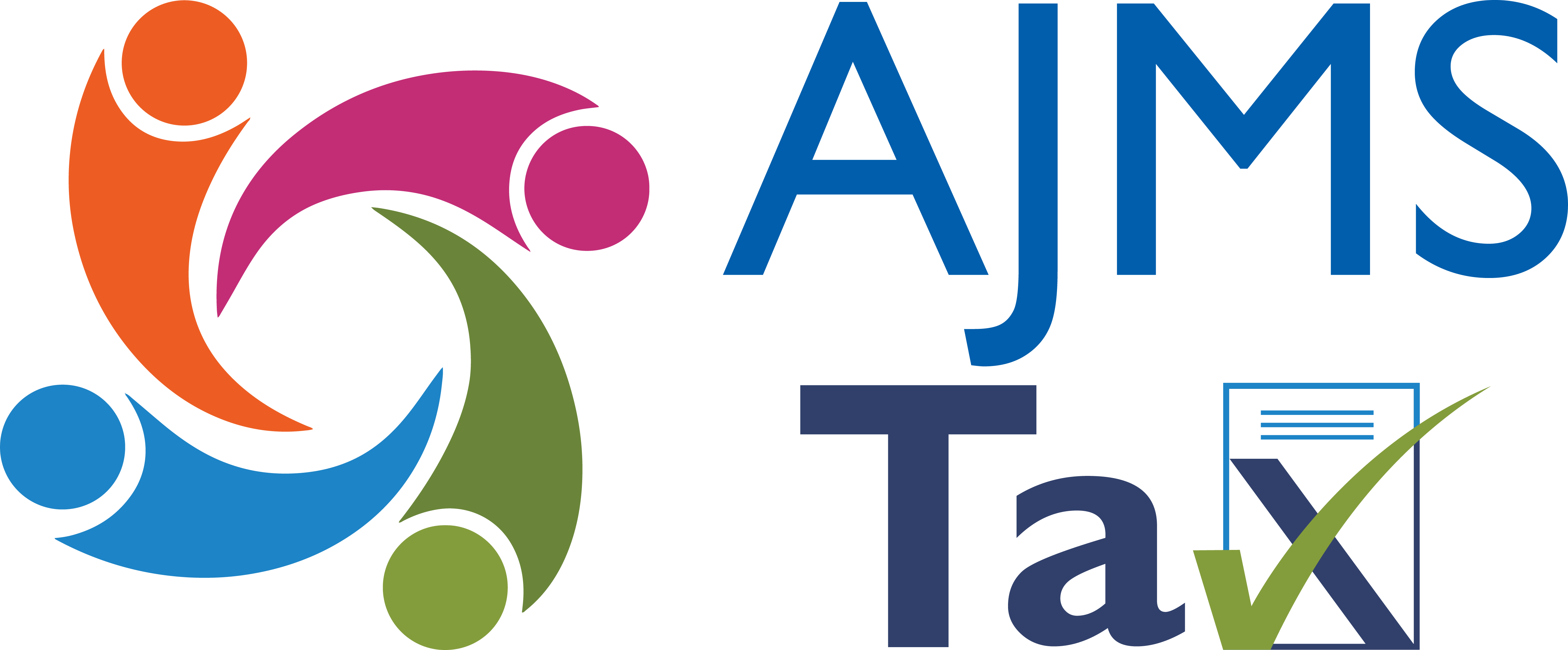Background
UAE CT Law, released on 9th December 2022, is broadly aligned with Organisation for Economic Co-operation and Development (OECD) standards.
Applicability of Corporate tax is on every single business. It is mandatory to register as well as to file the UAE Corporate tax return. In case businesses are incurring losses then these losses can be claimed indefinitely in future year(s).
Losses are incurred when what you have spent is more than what you’ve earned. When total income subject to taxation is less than the total deductions claimed, it results in negative taxable income or Tax Loss.
Tax Loss
In line with international best practice, Tax loss is applicable to be carried forward only if the income was subject to taxation.
Art. 37 states tax losses incurred prior commencement of Corporate tax, Jun’23, cannot be claimed. However, losses incurred from the first financial year can be claimed from the second financial year onwards.
Tax losses cannot be claimed from income of an activity or asset which is exempted from taxation. For instance, losses may not be allowed to claim against Qualifying income, unless QFZP elects for Mainland taxation rate.
A company’s tax Loss may be offset against the Taxable Income of another company if –
Both are UAE resident
Neither is an exempt or Qualifying free zone
Ownership: 75% or more – direct/indirect. This beneficiary ownership should exist from the start of the tax period in which loss is incurred to the end of the Tax Period in which Offset the losses.
Same accounting standards/financial year followed
Threshold:
Tax loss amount used in a tax period cannot exceed 75% of taxable income for the same period. Excess loss can then be carried forward and used against taxable income of subsequent tax periods indefinitely, subject to condition –
Same shareholder’s continuously hold at least 50% of the ownership interest from the start in which loss incurred till the end of the period in which the loss is set off*.
Same or similar Business Activity following a change in ownership of more than 50%
Exception – The above two conditions do not apply to listed companies. They are allowed to carry forward tax losses indefinitely.
Same or similar business activity is determined by –
Usage of some or all of the same assets
No significant change made to the core identity or operation of business
Changes have been resulted from development or exploitation of assets, services, processes, products etc. that existed before the ownership change.
Tax Group: There is also a possibility to form a group to claim tax loss relief. Two or more companies agree to form a tax group wherein one company registers as a parent company to deal all matters related to the FTA. Conditions to form a Tax group –
95% minimum shareholding and voting rights – Direct or Indirect
Resident Juridical Persons; Same financial year/accounting standards followed
None of the group member can be exempt or free zone person benefiting 0% CT rate
Pre-grouping tax losses: A new subsidiary joins an existing tax group, Article 42 states
Tax losses relating to a new company shall become carried forward tax losses of the tax group and can be used to offset the taxable income of the tax group insofar this income is attributable to the relevant subsidiary.
Similarly, unutilized tax losses of the existing tax group cannot be used to offset the taxable income of the tax group insofar this income is attributable to the new subsidiary.
Furthermore, where a subsidiary leaves a tax group, tax losses of the tax group shall remain with the tax group, with the exception of any unutilized pre-grouping tax losses of the relevant subsidiary (Clause 6 of Article 42).
